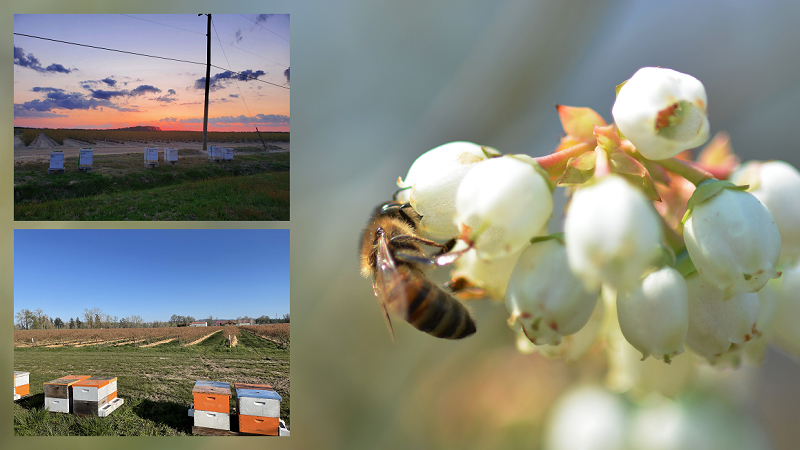Progress In Vegetable Pest Management
Reflecting back on my more than 30 years of working in the vegetable industry, it becomes apparent that the industry has made great strides in the area of entomology and pest control. Prior to the late 1970s, integrated pest management (IPM) was unheard of and there was virtually no organized pest scouting on vegetable acreage in Florida. In many cases, growers sprayed at least two tank-mixed insecticides twice weekly, the equivalent of about 48 applications of insecticide per crop.
Incorporating IPM
These earlier practices were not economically or environmentally sustainable, and led to widespread resistance and crop failures. As growers realized that they could no longer rely on broad-spectrum pesticides, they began to incorporate alternative practices for pest management. These realizations led to the widespread adoption of IPM, which employed multiple pest management tactics and selected from the best available technologies to manage pests on the farm while maintaining economic viability.
IPM attempts to balance economic, environmental, and human health issues in pest management decision-making. This balance is achieved by consideration and implementation of all appropriate pest management options. The adoption of IPM methods has allowed Florida growers to ensure the delivery of high-quality agricultural products, maximize the effectiveness of all pest control techniques, and minimize adverse environmental effects.
The first principle of IPM is to use the best available practices, especially scouting, to prevent pests from reaching established damage thresholds. Best practices are defined by criteria that include effectiveness, cost, convenience, and risk to human health and the environment.
Another cornerstone of IPM is knowledge of the pests attacking a crop and an understanding of the relationship of density of those pests to crop damage. “Economic” thresholds generally have not been used because of the variability and unpredictability of the ultimate market value of winter vegetables. Therefore, “action” thresholds have often been utilized.
Cultural Controls
An important principle of IPM is to use cultural methods and information about the biology of pests to manage pests in vegetable cropping systems.
This has led to the use of crop rotation, cover crops, resistant varieties, plasticulture, planting and plow down dates, mapping of fields, crop-free periods, and other ways to manage crops.
New Chemical Choices
In addition to products like soaps, oils, neem, and Bacillus thurengensis, a number of new insecticides in a variety of new chemical classes have recently become available. These include the nicotinoids, an array of insect growth regulators, and a variety of new compounds such as emamectin benzoate, flubendiamide, indoxacarb, metaflumizone, pyridalyl, rynaxypyr, spinosad, and spinetoram, to name a few.
Although it is impossible to predict what we will see in the next 30 years, the future of pest management undoubtedly will involve even more subtle pest control techniques that result in closer harmony with nature and superior pest management.










